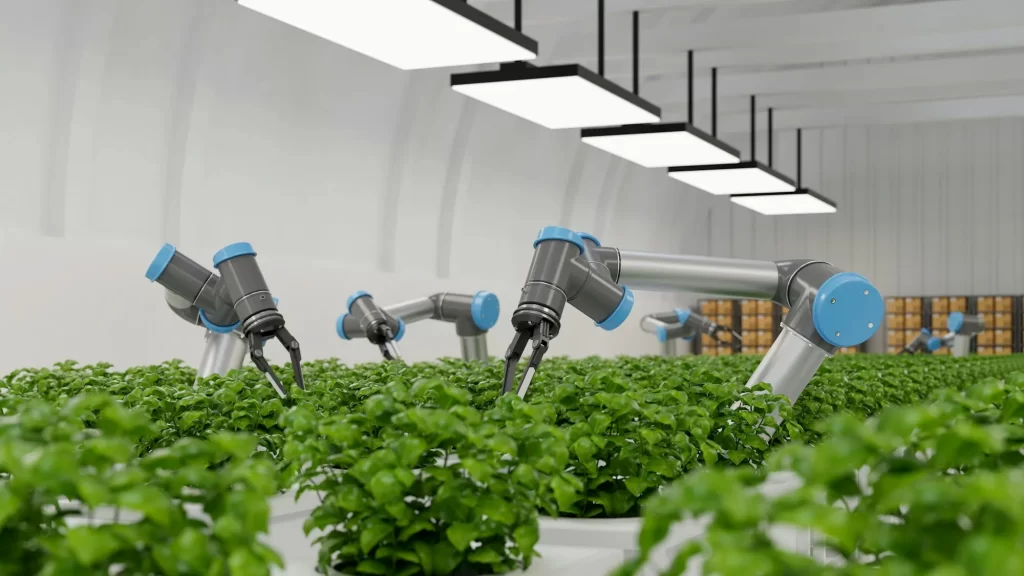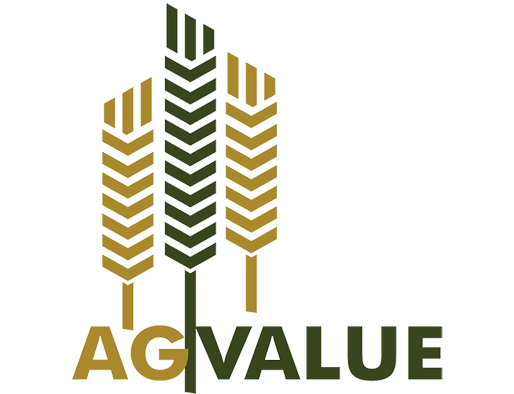
- AgValue Consulting
- May 18, 2024
- 12:01 am
- 7 minutes
AgValue Consulting, a leading authority in poultry farm consulting, emphasizes the crucial role of automated systems in escalating farm production. These cutting-edge technologies, such as self-driving tractors and drones, offer significant advantages for farmers. By efficiently monitoring crops and managing tasks tirelessly, automated systems reduce labor costs and enhance precision, ultimately increasing yield.
Moreover, automated farming is not only efficient but also eco-friendly, optimizing resource usage and minimizing waste. As farmers strive to improve productivity and sustainability, adopting automated systems becomes crucial. AgValue Consulting recognizes the transformative impact of automation on farms globally and provides expert guidance on integrating these technologies effectively.
Key Takeaways
- Identify farm operations that would benefit from automation to improve production efficiency.
- Research suitable automated technologies such as precision farming, robotic systems, or vertical farming.
- View automation as an investment, consider budget, and start with a pilot project to test effectiveness.
- Train your team to operate the new technology and stay updated with advancements in farm automation.
- Consider successful case studies like Stolze International or Iron Ox for practical automation implementation.
Understanding Farm Automation
Farm automation, your potential game-changer, is all about leveraging cutting-edge technology to increase productivity and efficiency on the farm. You’re tapping into advancements that have the potential to revolutionize farming practices. But what does it entail exactly? At its core, farm automation involves the use of technology to manage agricultural processes. It’s not just about swapping out your old tractor for a shiny new one. It’s about integrating systems that can intelligently monitor, control, and perform tasks – like planting, fertilizing, and harvesting – without needing constant human intervention. Think about self-driving tractors that can navigate fields using GPS. Consider drones that monitor crop health from the sky. Picture automated irrigation systems that water your fields based on real-time soil moisture levels. These aren’t just sci-fi fantasies. They’re real technologies being used on farms just like yours, right now. Getting a grip on farm automation isn’t just about keeping up with the Joneses. It’s about future-proofing your operations, staying competitive, and getting the most out of every acre you farm. Before we explore the benefits, it’s essential to understand what farm automation is and what it could mean for you. So, are you ready to embrace the future of farming?Benefits of Automated Farming Systems
Now that you’re familiar with what farm automation is, let’s explore how its adoption can bring remarkable benefits to your farming operations. First, automated systems can greatly boost your productivity. They’re designed to work tirelessly, day and night, allowing you to accomplish more in less time. You’ll be surprised by the profound increase in your production rates. Secondly, automation reduces labor costs as it minimizes the need for manual labor. You’ll save a considerable amount of money that you’d have otherwise spent on wages and training. Remember, automated systems don’t require health benefits or paid leaves, and they never get tired or call in sick. Moreover, farm automation improves the precision of farming tasks. From seeding to harvesting, automated tools perform these tasks with pinpoint accuracy, reducing wastage and increasing yield. They’re also environmentally friendly; they use resources like water and fertilizers more efficiently, reducing waste and your farm’s ecological footprint. Lastly, with automated farming, you can streamline your operations. It simplifies the management process, allowing you to focus on other important aspects of your business.Types of Agricultural Automation Technology
Delving deeper into the domain of agricultural automation, let’s explore the various technologies that could revolutionize your farming practices. You’ll find that these tech advancements are designed with an aim to boost productivity, minimize labor, and enhance profitability.- Precision Farming: This involves GPS technology and remote sensing to monitor crop fields, ensuring ideal use of resources. It’s all about maximizing yield and minimizing waste.
- Robotic Systems: From autonomous tractors to drones, robotics in agriculture can handle a wide range of tasks including harvesting, weeding, and spraying, reducing human labor and improving efficiency.
- Hydroponics and Aquaponics Systems: These soilless farming methods use automated systems for nutrient delivery and water cycling, enabling you to grow crops in controlled environments.
- Vertical Farming Technology: Here, crops are grown in stacked layers, often indoors, using LED lights for photosynthesis. Automated systems manage lighting, temperature, and humidity, maximizing space and conserving water.
Implementing Automation in Farming Operations
To kickstart your journey towards agricultural automation, it’s vital to understand the steps involved in implementing these technologies in your farming operations. First off, you need to identify your needs. Analyze your farm’s operations and pinpoint areas that could benefit from automation. It could be anything from crop monitoring to livestock management. Next, research the available technologies and match them with your needs. This step can get technical, so don’t hesitate to consult with experts or vendors. They’ll guide you to the most suitable solutions for your farm. Before making any purchases, make sure to take into account your budget. It’s important to view automation as an investment, not an expense. Look for solutions that offer good returns in the long run. Once you’ve decided on a system, it’s time to implement it. Start small, perhaps with a pilot project, to test the waters. Monitor the system’s performance, make necessary adjustments, and gradually expand its usage. Training your staff is equally important. You want them to be comfortable with the technology and able to operate it effectively. Remember, the automation system is there to support, not replace them. Lastly, always keep an eye out for advancements in technology to continually improve your farm’s operations.Case Studies of Successful Farm Automation
Numerous farms worldwide have successfully integrated automation into their operations, showcasing visible improvements in efficiency, productivity, and profitability. These case studies serve as proof of the potential of farm automation. Let’s take a look at a few standout examples:- Stolze International: This Dutch farm has fully automated its tomato production. Using robotics for harvesting, grading, and packaging, they’ve increased yield and slashed labor costs.
- Iron Ox: An American startup that utilizes AI and robotics to grow leafy greens. They’re achieving 30 times more productivity per acre than traditional farms.
- Harper Adams University: Here, an all-robotic team successfully planted, tended, and harvested a barley crop, completely hands-free!
- Bowery Farming: An indoor farming company in New York that uses automation and machine learning to grow pesticide-free produce year-round.
